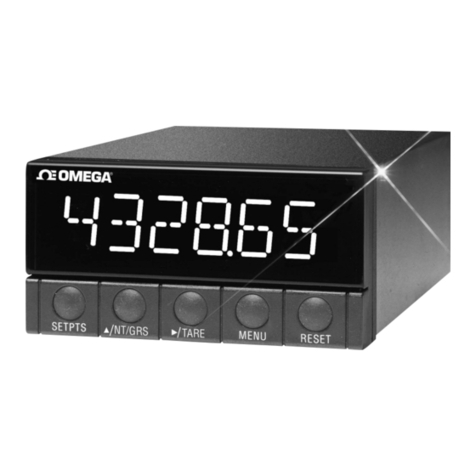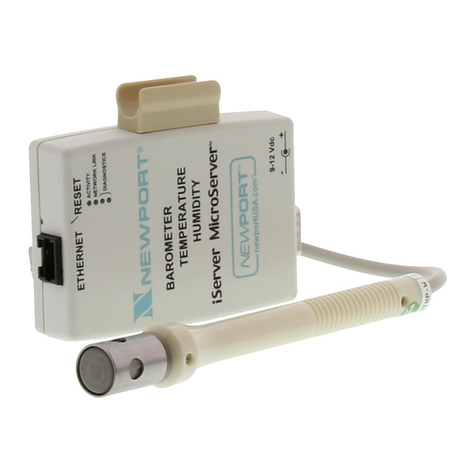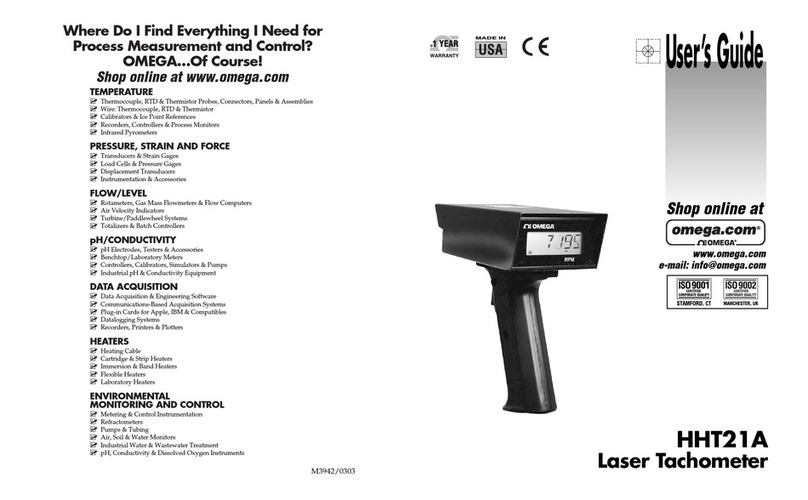Omega MASS FLOW FMA-1900 User manual
Other Omega Measuring Instrument manuals
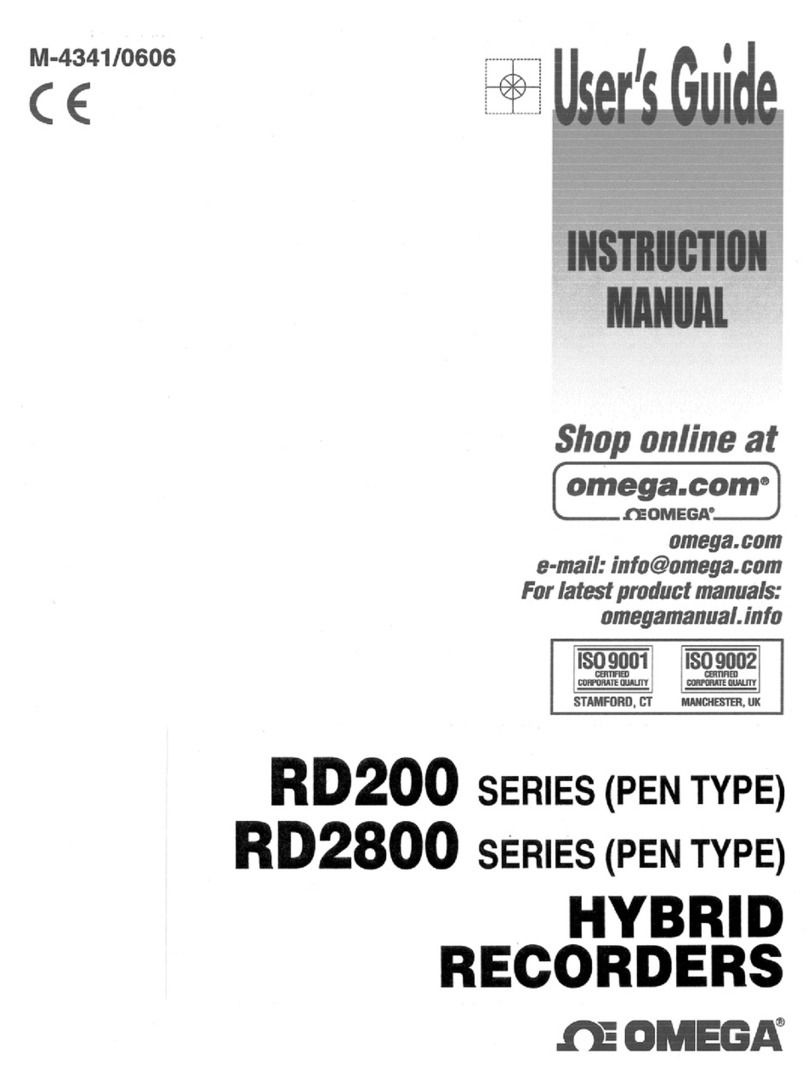
Omega
Omega RD2800 Series User manual
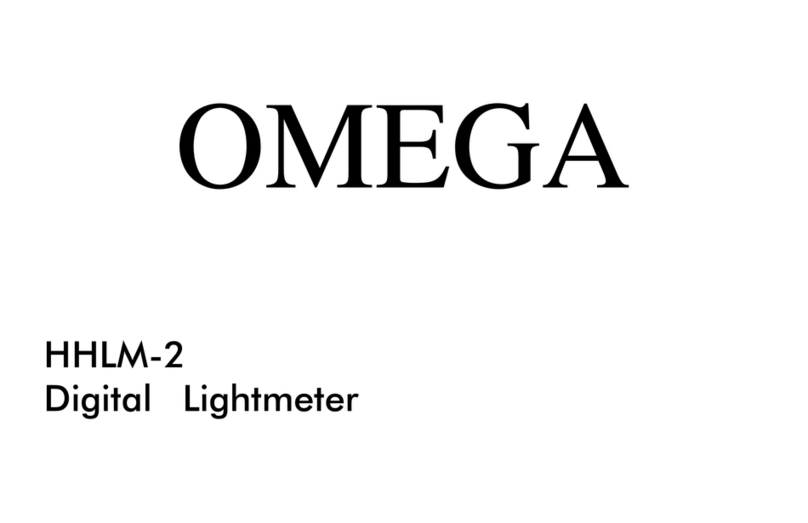
Omega
Omega HHLM-2 User manual
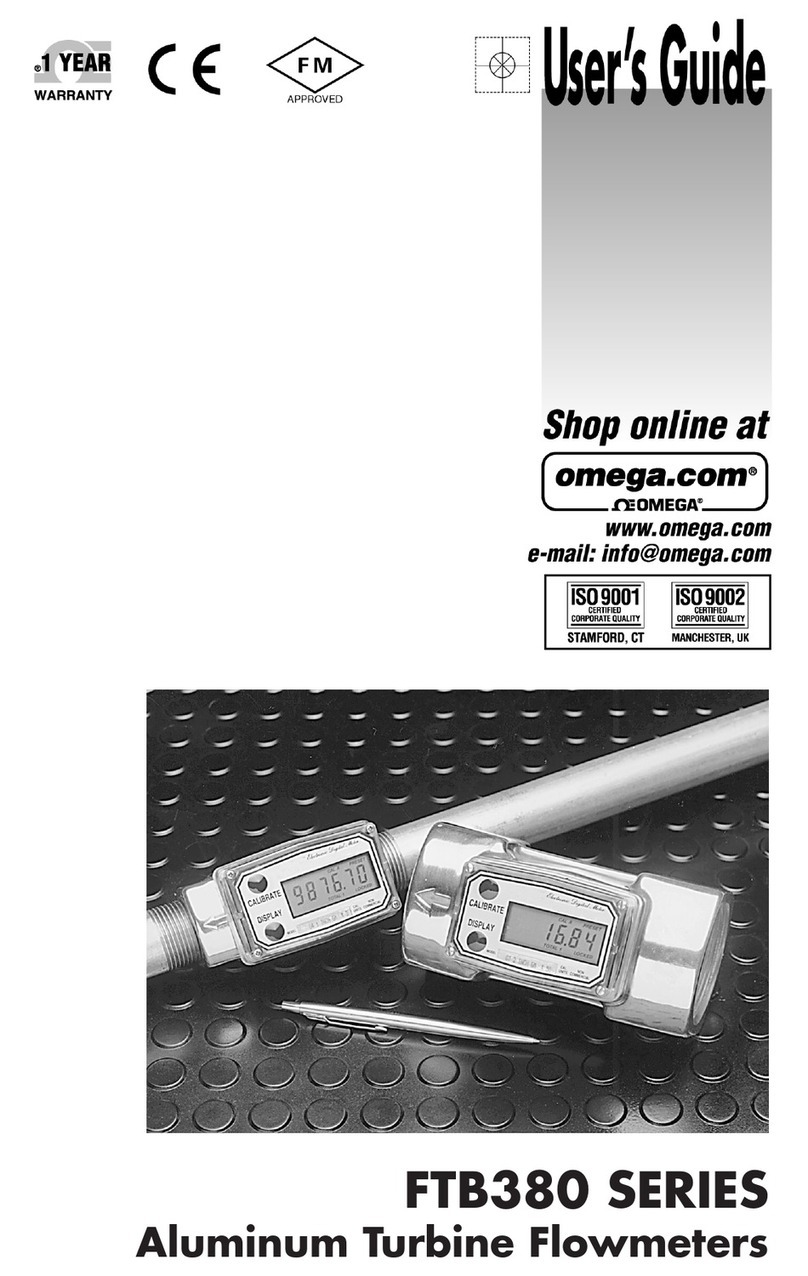
Omega
Omega FTB380 Series User manual
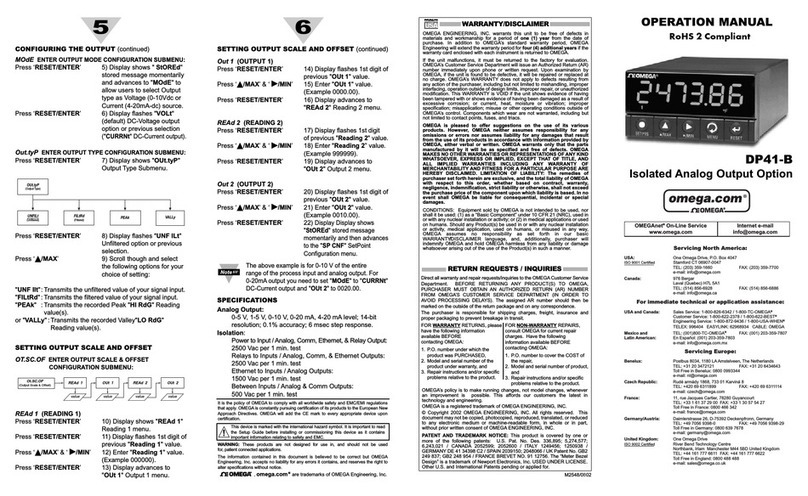
Omega
Omega DP41-B Series User manual
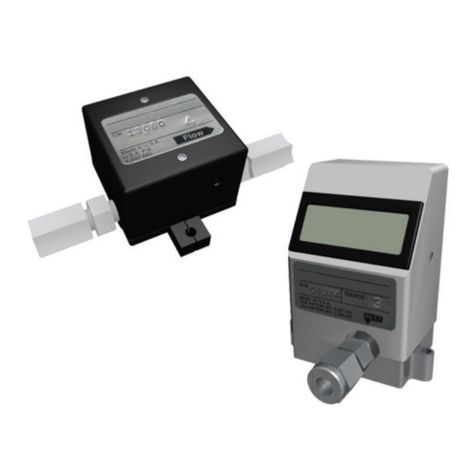
Omega
Omega FLR 1000 User manual

Omega
Omega PX2088 User manual

Omega
Omega PHH-SD1 User manual

Omega
Omega DPG1000DAR-30V100 User manual
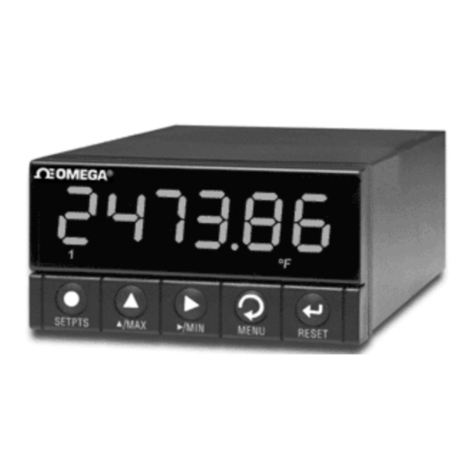
Omega
Omega DP41-B Series User manual
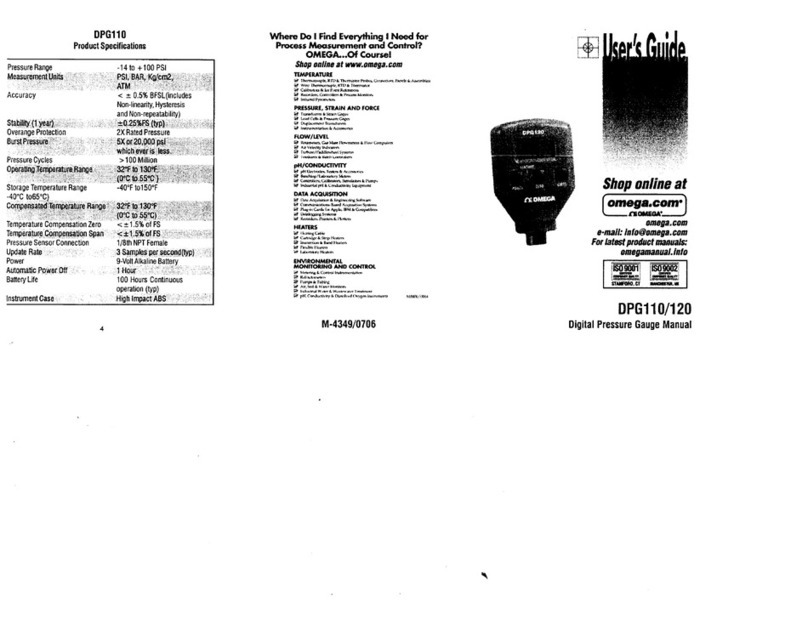
Omega
Omega DPG110/120 User manual

Omega
Omega DP6060 User manual
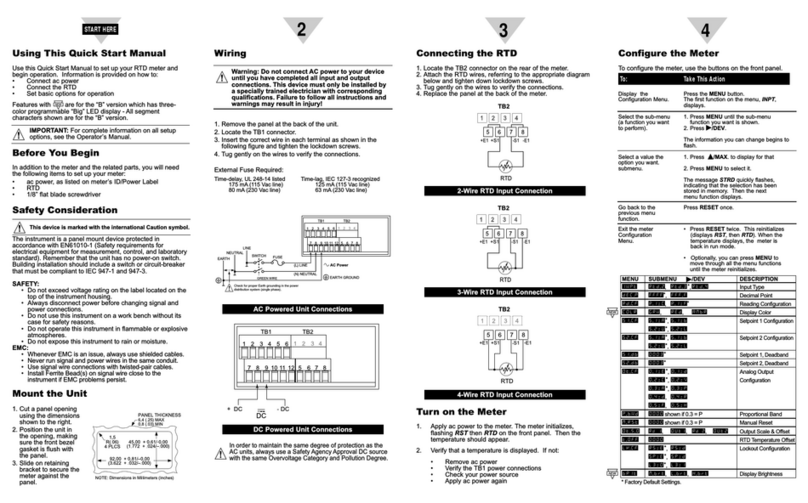
Omega
Omega DP25B-RTD Instruction manual

Omega
Omega RH820 User manual
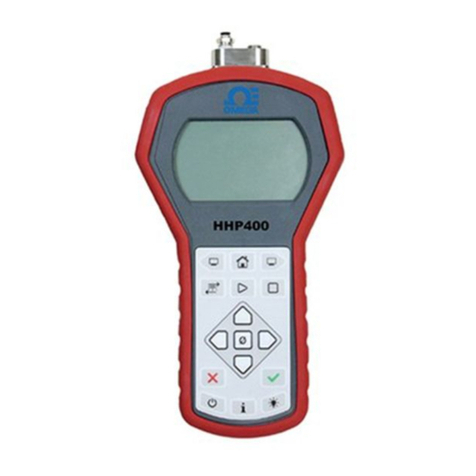
Omega
Omega HHP452 User manual
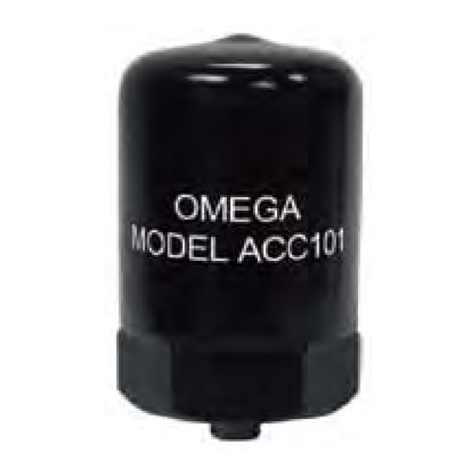
Omega
Omega ACC320 User manual
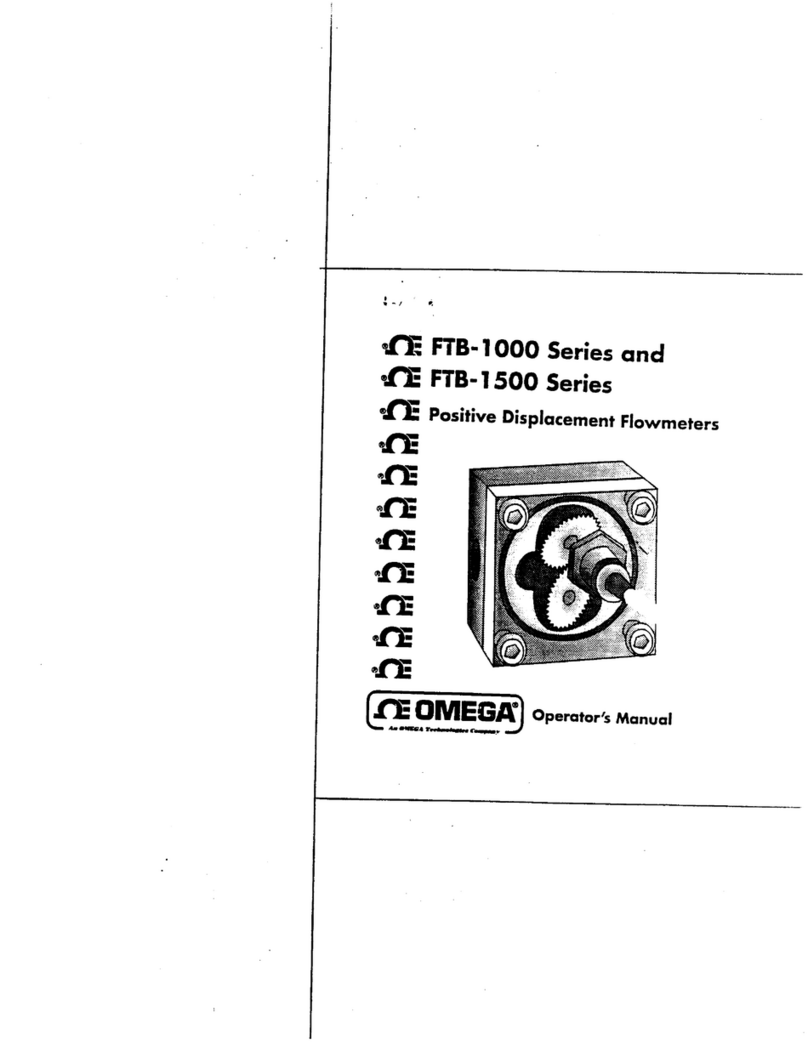
Omega
Omega FTB-1000 Series User manual
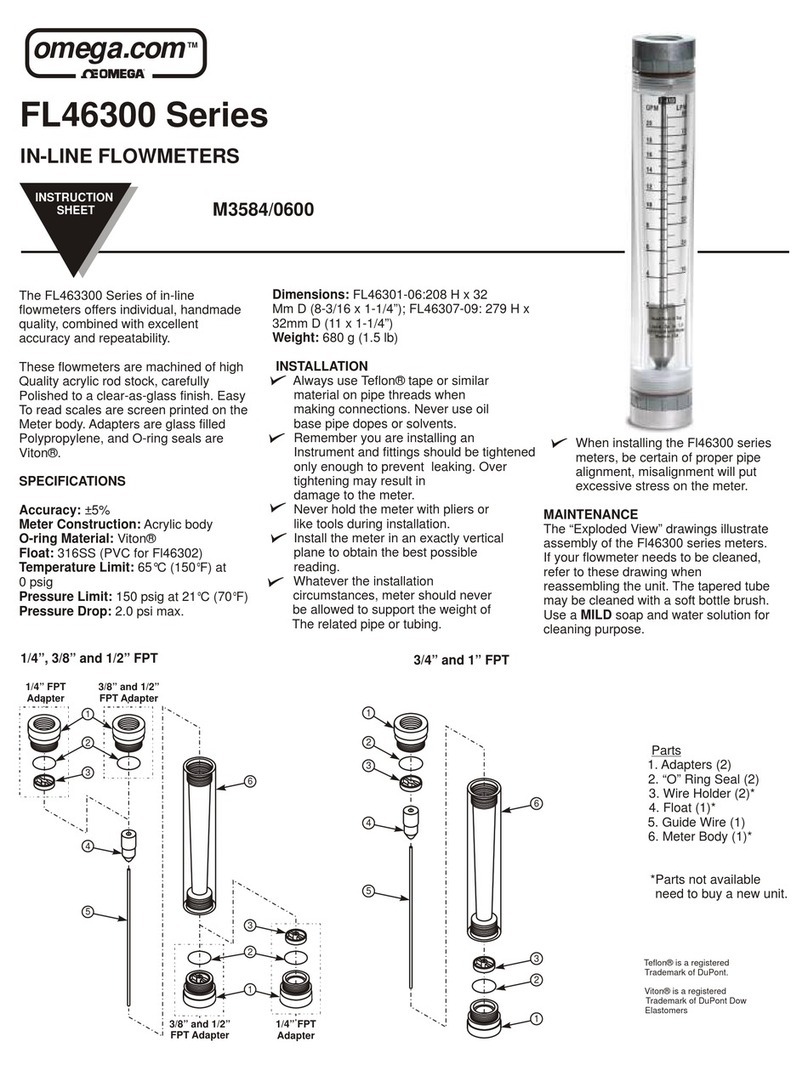
Omega
Omega FL46300 Series User manual
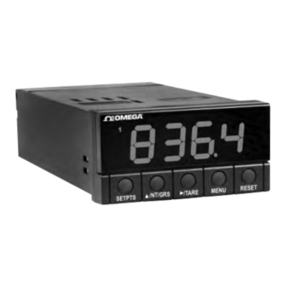
Omega
Omega DP25B-S User manual
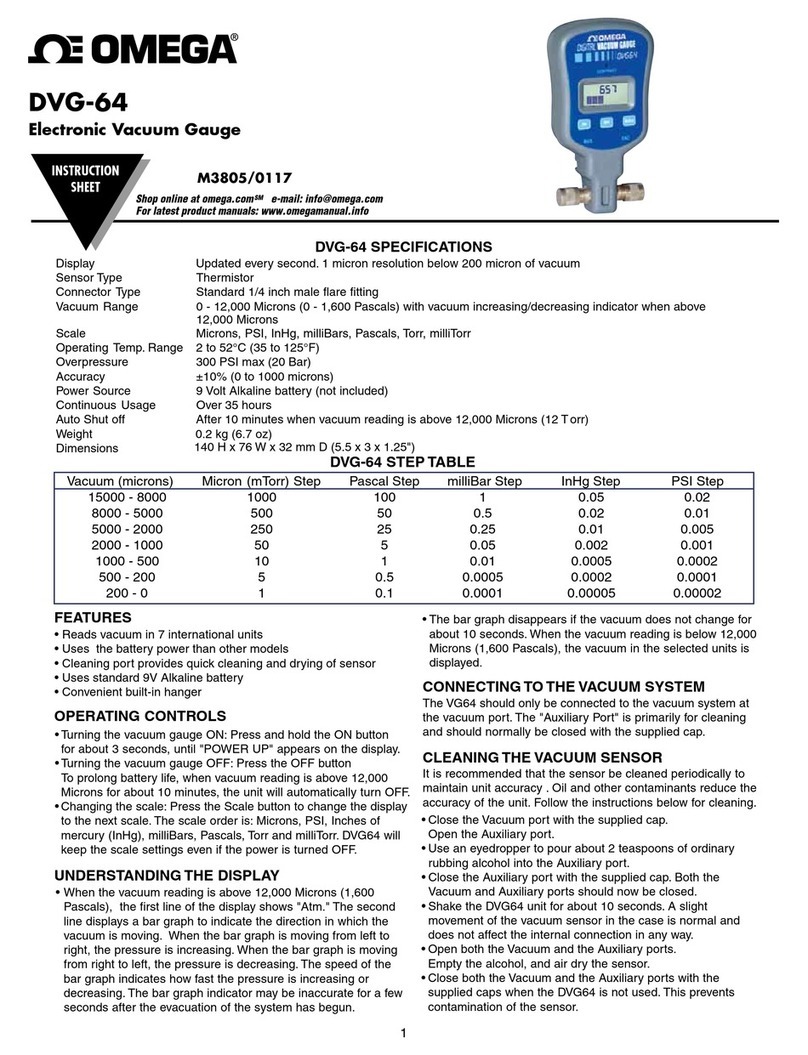
Omega
Omega DVG-64 User manual

Omega
Omega DFG207 User manual
Popular Measuring Instrument manuals by other brands

Powerfix Profi
Powerfix Profi 278296 Operation and safety notes

Test Equipment Depot
Test Equipment Depot GVT-427B user manual

Fieldpiece
Fieldpiece ACH Operator's manual

FLYSURFER
FLYSURFER VIRON3 user manual

GMW
GMW TG uni 1 operating manual

Downeaster
Downeaster Wind & Weather Medallion Series instruction manual

Hanna Instruments
Hanna Instruments HI96725C instruction manual

Nokeval
Nokeval KMR260 quick guide

HOKUYO AUTOMATIC
HOKUYO AUTOMATIC UBG-05LN instruction manual

Fluke
Fluke 96000 Series Operator's manual

Test Products International
Test Products International SP565 user manual

General Sleep
General Sleep Zmachine Insight+ DT-200 Service manual
